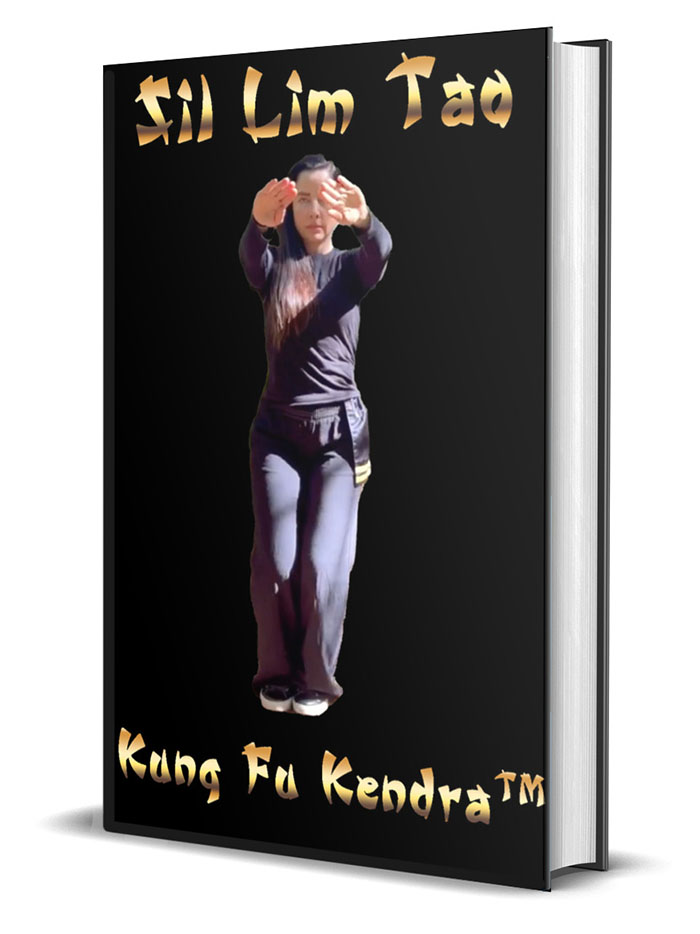Bruce Lee's Secret Wing Chun – Separating Myth from Mastery
Bruce Lee is undeniably one of the most iconic martial artists in history, renowned for his lightning-fast movements, unmatched power, and philosophical approach to combat. Beneath the global legend lies an often misunderstood truth—Bruce Lee's profound connection to Wing Chun. While many associate him primarily with Jeet Kune Do, his revolutionary martial arts philosophy and system, the foundation of his fighting prowess was deeply rooted in Wing Chun principles and training. However, separating the myth surrounding Bruce Lee's relationship with Wing Chun from the mastery he derived from it is essential to appreciating both his legacy and the art itself.
Many narratives surrounding Bruce Lee's time with Wing Chun tend to romanticize or oversimplify his journey. Contrary to some popular beliefs, Bruce Lee did not abandon Wing Chun; rather, he evolved from it. Wing Chun's focus on economy of motion, directness, and efficient use of energy formed the very core of Jeet Kune Do. Bruce often emphasized simplicity and truth in combat, principles at the heart of Wing Chun's philosophy, where unnecessary movements are stripped away to reveal raw effectiveness. His training involved mastering close-range combat techniques, structural balance, and the concept of striking along the centerline—elements that rooted him firmly within the Wing Chun tradition. Rather than seeing Jeet Kune Do as a rejection of Wing Chun, it's more accurate to view it as an extension, a refinement based on Wing Chun's core truths adapted for modern combat challenges.
Bruce Lee's physical conditioning and training methods provide further insight into the secret power of his Wing Chun mastery. While many think of Bruce's blazing speed and power as largely genetic or mystical, historical accounts reveal a meticulous and innovative conditioning regimen. He incorporated isometric exercises—static muscle contractions to build tendon strength—a method consistent with Wing Chun's emphasis on controlled, efficient use of muscle groups rather than bulk. Bruce's training with heavy resistance and plyometrics, combined with Wing Chun's unique coordinated muscle activation, made his strikes devastating without sacrificing speed. His famous practice against a 300-pound heavy bag was not just for show but a deliberate method to develop explosive power, particularly in kicking, while keeping his movements light and fast. This shows how seriously Bruce took the biomechanics and physical principles taught by Wing Chun masters, blending them with modern training science to maximize his potential.
Another critical, often overlooked aspect of Bruce Lee's Wing Chun mastery was his mental and philosophical understanding of combat. Wing Chun's teachings stress calmness, awareness, and adaptability—qualities Bruce Lee echoed throughout his career. His insistence on remaining relaxed under pressure and focusing on perceiving an opponent's intentions aligns with Wing Chun's principle that the mind controls the body's reaction. Bruce's often-quoted advice to avoid nervousness and to "just keep calm" stems directly from these Wing Chun values. Moreover, Bruce's recognition that no single martial art has all the answers, and his flexible attitude towards skill acquisition, reflect Wing Chun's adaptable nature. The art is not about rigid forms but cultivating awareness and responsiveness—a concept Bruce enhanced by encouraging practitioners to discard fixed patterns once they grasped the fundamental principles.
In conclusion, understanding Bruce Lee's secret Wing Chun mastery means peeling away layers of legend to reveal a dedicated martial artist who combined tradition with innovation. His genius was not simply in inventing Jeet Kune Do but in using Wing Chun's core strategies as a launching point for broader martial exploration. Wing Chun taught Bruce about structure, efficiency, and the essence of combat, while he used his own experiences and scientific approach to transform those lessons into a dynamic, evolving system. This deep relationship explains why Bruce's impact on martial arts remains so profound—he did not just practice Wing Chun, he embodied its principles of mastery and personal expression, forever changing the way martial arts are understood today.

